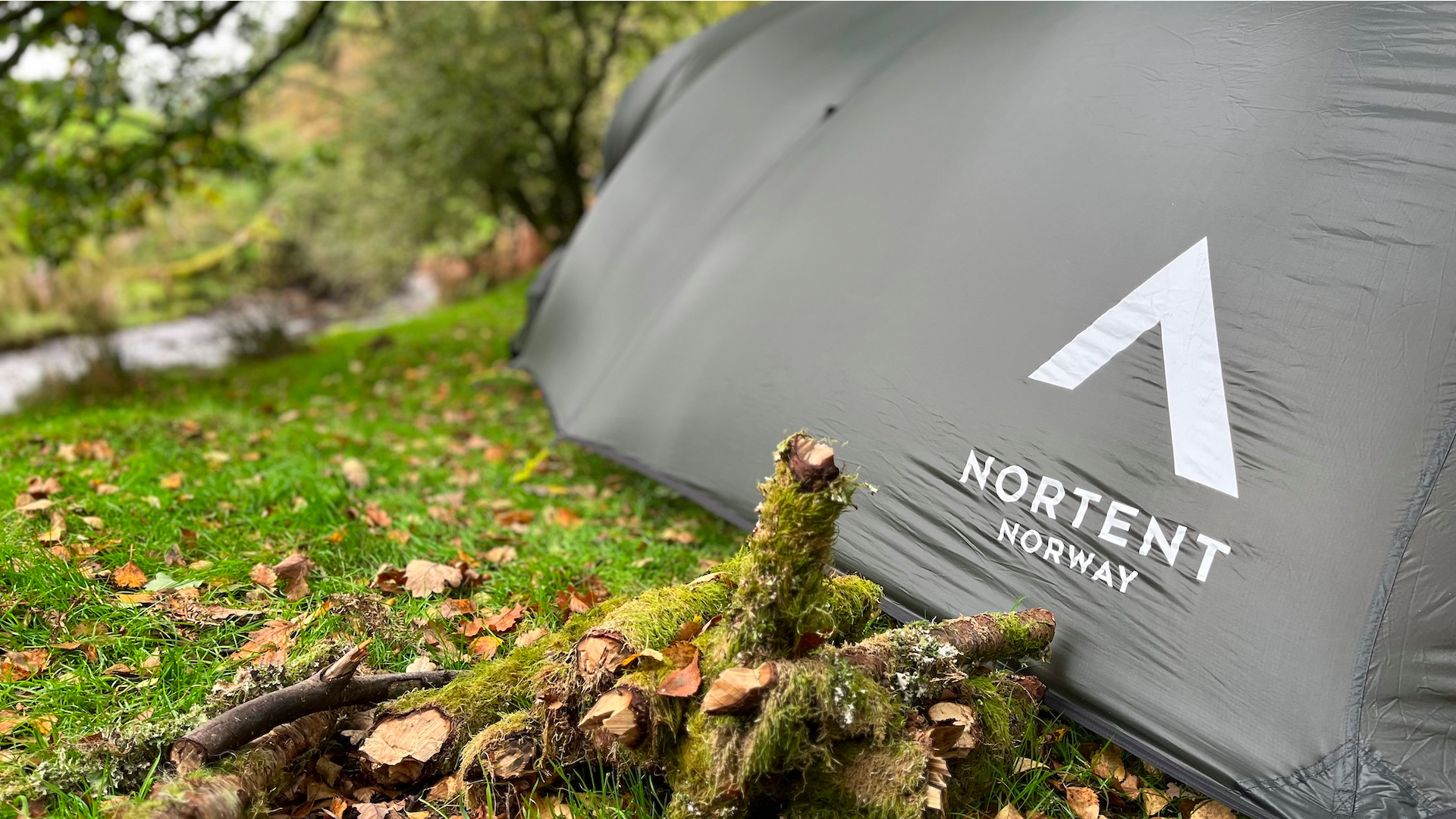Can you connect two tents together? And if so, how?
Connecting two tents can maximize liveable space and give you a palace to sleep in – even in the great outdoors. But just how do you go about it?

Connecting two camping tents together can give you tons more liveable space – something which is especially useful when camping in inclement weather. If you’re camping with friends, it can also give you a seamless way to remain social, even after you’ve retired to bed after a long day on the trails. But how do you go about doing it?
Connecting two tents together
If you want to connect two tents together, you’ve only really got two options. The one you pick will most likely depend on the type of tents you’re trying to connect, and the type of environments you’re taking your tents into. If you’re a committed ultralight backpacker, for example, then the additional kit you’ll need might render the whole thing unattractive. But if you’re a social camper who cares more about comfort and spending time with friends than racking up big miles out on the trails, then connecting two tents together might be achievable by adding minimal extra gear to your setup. So let’s take a look at the two options.
Option 1: pack a tarp
The easiest and leanest way to connect two tents together is to not connect them at all. Hanging a tarp over the entrances of two tents creates additional liveable space outside of each shelter. With a tarp overhead, you’re left with a weatherproof terrace in front of each shelter, which is ideal for cooking, hanging out in or as a place to store soaking wet gear.
The benefit of this approach is that it’s also decidedly simple: all you need to do is pitch your tents close enough together that each entrance is covered by the tarp, then hang your tarp overhead. This can be best achieved by either guying out the tie-out points to overhanging branches or by packing some extra long tent tarp poles. To maximize the liveable space – and to ensure you don’t need to pitch your tents uncomfortably close together – we’d recommend a tarp with a size of around 3x3m/3x3yds. Something like the Nortent Bivuakk works very well in my experience, coming with long support poles out of the box, and even the option to add a camping stove for those colder nights. The Nortent Bivuakk also packs down to a small size (considering the area of the tarp when unpacked), is very durable for its weight, and has been designed to also work as its own standalone tent.

Whichever tarp you decide to use to connect two tents together, the true benefit of this approach is in its versatility. It works with any two tents, no matter their size, season or model – and it means you only need to buy (and pack) minimal extra kit for the purpose of connecting two tents together. Which isn’t something that can be said for option number 2.
Option 2: modular tents
Modular tents – or pod tents – have grown in popularity in recent years, especially when it comes to festival camping or extended stays on campsites. They allow you to connect multiple shelters together using a modular door system, so you can literally just zip them into place. Tents sold by the likes of Qube, Pod or Coleman are very roomy and easy to put up – just bear in mind that these are not designed to be carried out into the backcountry. They are large and cumbersome and not built for backpacking, so you’re going to be very limited in where you can pitch these things. What’s more, modular tents only work with equivalent models, meaning you’ll both need the same tent – or the same type of tent – to effectively connect two tents together.

The good news, however, is that you can often just keep adding shelters until you run out of friends. In the case of Pod Tents, for example, you can keep joining them up like a canvas ant colony – resulting in a rather futuristic-looking web of interconnected shelters that offer enhanced livability and good performance in poor weather.
All the latest inspiration, tips and guides to help you plan your next Advnture!
Growing up just south of the glorious Brecon Beacons National Park, Craig spent his childhood walking uphill. As he got older, the hills got bigger, and his passion for spending quality time in the great outdoors only grew - falling in love with wild camping, long-distance hiking, bikepacking and fastpacking. Having recently returned to the UK after almost a decade in Germany, he now focuses on regular micro-adventures in nearby Snowdonia and the Brecon Beacons, as well as frequent trips to the Alps and beyond. You can follow his adventures over on komoot.

